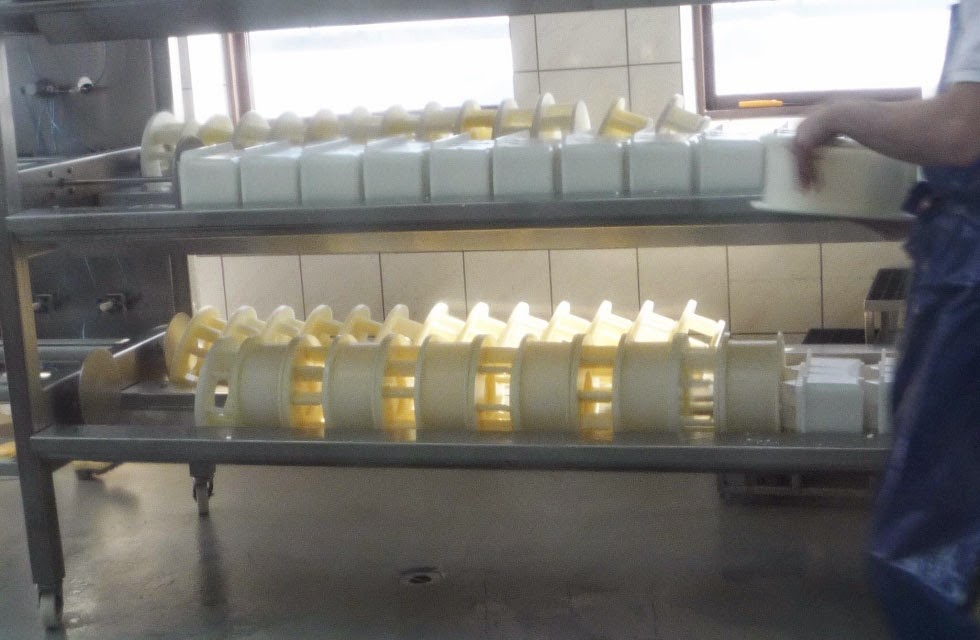(Hybrid Kordesii Rose - Rosa 'John Cabot'; Hybridized by Dr.
Felicitas Svejda in 1978)
The John Cabot Rose is
surely one of my favourite plants in the garden. It is a beautiful easy to grow
winter-hardy climbing rose.
Today we can appreciate the John Cabot Rose thanks to Agriculture
Canada, who began a rose breeding program in the 1960's. Their plan was to
cross roses with new developed roses from Europe and create a series of roses
that would be easy to grow, hardy, disease resistant, repeat blooming and easy
to propagate from cuttings. The result of this program has forever changed our
Canadian rose gardens. The roses that were developed from this program are
known as the Explorer series.
The John Cabot Rose has large, semi-double blossoms that are soft-red
in bud, opening to the deepest orchid pink. The flowers, borne in clusters of 3
to 10 blossoms have a slight fragrance. The rose bush is covered with blooms
from June with repeat flowers through to fall.
The John Cabot climbing rose can attain a height of 10 feet (3 meter)
tall and easily spread to 8 feet (2.5 meter) wide within a couple of years. It
is ideal rose to grow on a trellis, fence and arbor or as a hedge. The John
Cabot Rose needs full sun (minimum of 6hrs.) and well-drained soil. This rose
has healthy glossy foliage that has good resistance to black-spot and powdery
mildew and is very winter hardy. It can be grown in Zones 2B to 9.
The John Cabot Rose is an easy care rose that's great for all
gardens.
Also check out the William Baffin Rose another hardy climbing rose from the Explorer series.












